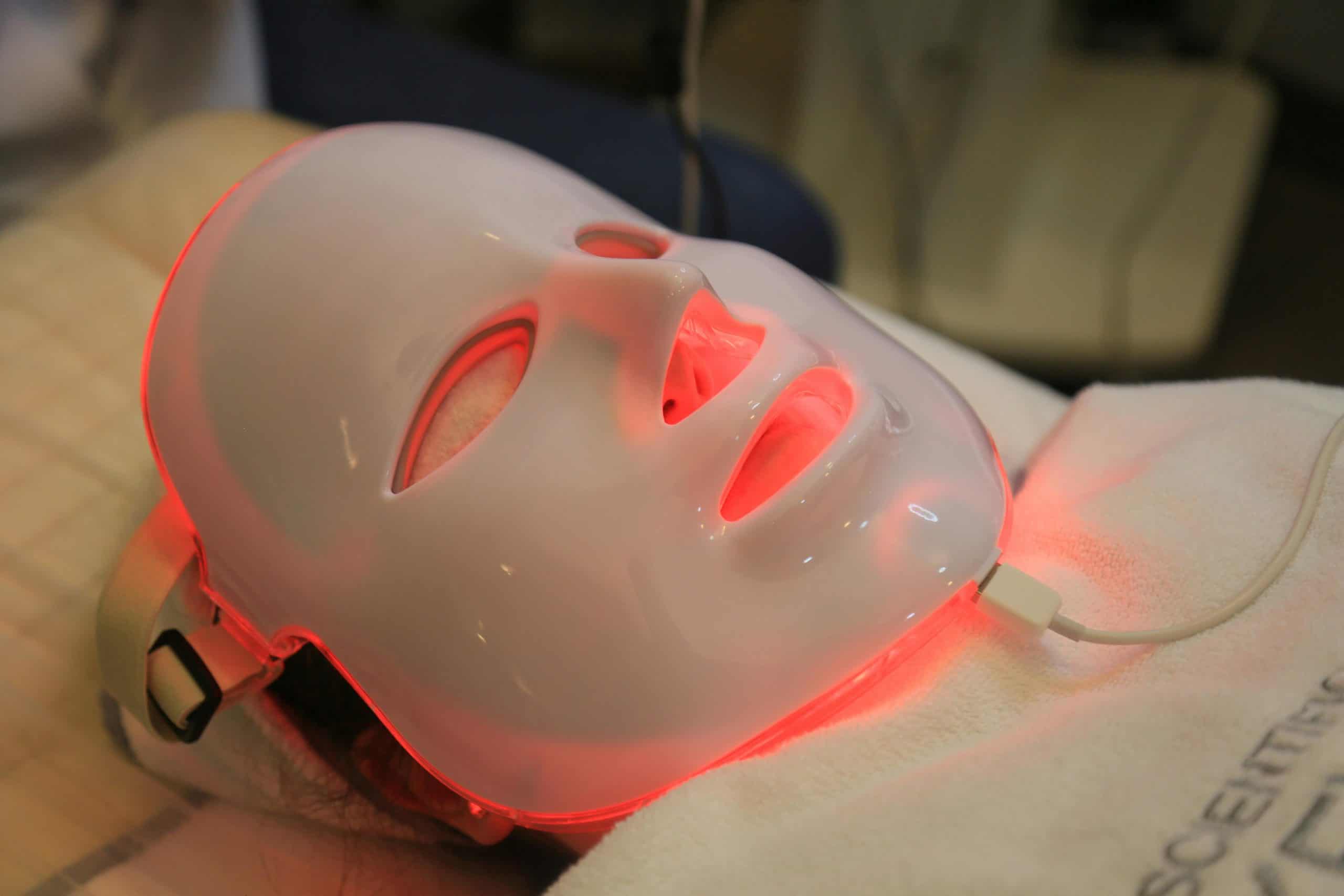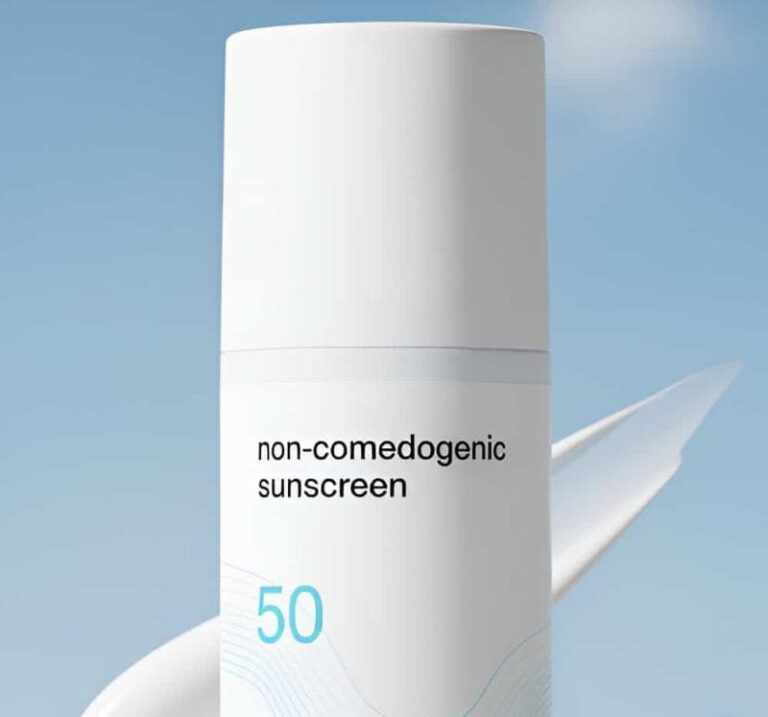LED Therapy in Beauty: How Light Treatments Are Revolutionizing Skincare in 2025
Looking at your LED therapy device sitting in that drawer gathering dust? Yeah, I see you. Trust me, you’re not alone in the “bought-it-but-barely-use-it” club. But here’s the thing – that little glowing gadget might just be the skincare hero you’ve been sleeping on.
Let’s get real about LED therapy. It’s not some mystical beauty unicorn influencers invented for glowing selfies. This technology has real science behind it, and it’s time we stopped treating it like a spa luxury and started seeing it for what it is: a legit skincare treatment you can do at home, in pajamas, while Netflix is running in the background.
A Quick History of LED Therapy
LED therapy didn’t actually start in beauty. In the 1990s, NASA used red and near-infrared light to speed up wound healing for astronauts in space. Soon after, dermatologists noticed its potential for treating acne, scarring, and skin rejuvenation here on Earth. What began as a medical tool slowly shifted into the wellness and beauty industry. Today, you can find LED therapy everywhere—from high-end dermatology clinics to portable masks you can slip on while binge-watching Netflix.
What Actually Happens When You Flash Those Lights?
LED therapy isn’t just “pretty colors.” Different wavelengths of light penetrate the skin at varying depths, triggering cellular responses that help your skin work smarter.
-
Red light (630–700nm): Stimulates collagen and reduces inflammation. Think of it as a pep talk for tired cells.
-
Blue light (415nm): Targets acne-causing bacteria like a bouncer tossing troublemakers.
-
Near-infrared light: Goes deeper, helping with circulation and muscle recovery—like a mini physical therapist for your face.
Want to see how beauty editors are ranking at-home masks this year? Vogue rounded up the best LED face masks that are worth a closer look.
At-Home vs. Professional Treatments
Yes, professional panels at the dermatologist’s office are more powerful. But here’s the secret: in LED therapy, consistency matters more than intensity.
Spas will happily charge hundreds per session, but a gentler at-home device—used three times a week for a couple of months—often produces better results. It’s about showing up regularly, not going all out once and calling it quits.
If you’re curious how the devices stack up, The New York Times Wirecutter reviewed some of the best red-light therapy tools available right now.
Pros and Cons of LED Therapy
Pros:
-
Boosts collagen production for smoother, firmer-looking skin
-
Helps calm inflammation and heal acne breakouts faster
-
Gentle, non-invasive, and safe for most skin types
-
Can be relaxing—like a mini spa session at home
Cons:
-
Requires consistency—results build up over weeks, not days
-
Devices range in price, and quality varies widely
-
Not a quick fix for deep wrinkles or major skin concerns
-
Overuse or misuse can irritate sensitive skin
Why LED Therapy Actually Works
The science is refreshingly straightforward. Light energy is absorbed by skin cells, revving up their metabolism and encouraging collagen production, repair, and circulation. Your mitochondria—the “powerhouse of the cell” you may remember from biology—get energized and start acting like they did years ago, before late-night pizza caught up with you.
But here’s the catch: results come from commitment. One session won’t erase years. Use it consistently for 8–12 weeks, and you’ll notice subtle but real changes.
Choosing the Right Device
The market is flooded with everything from $50 masks that look like Halloween props to $2,000 professional-grade panels. The sweet spot is somewhere in the middle—devices that are FDA-cleared, have legit wavelengths, and are realistic for you to use.
A $200 device you actually pull out weekly is far more valuable than a $500 one sitting in your closet.
The Results You Can Expect
LED therapy won’t turn back the clock to age 22 after one session. But after consistent use? Expect breakouts that heal faster, less redness, and a more energized, healthier look to your skin.
And let’s be real—there’s something surprisingly relaxing about lying under those lights. For many people, the ritual itself becomes part of their self-care routine.
Making LED Therapy Work for You
Don’t save it for “special occasions.” Treat it like brushing your teeth. Maybe it’s during morning coffee, or while meal prepping on Sunday nights. Small, repeatable habits are where LED therapy actually shines.
The Bottom Line
LED therapy works—not because it’s magic, but because it’s grounded in science and consistency. If you’ve got a device sitting around, it may be time to dust it off and commit. With regular use, you’ll see your skin respond, and maybe even wonder why you waited so long to take it seriously.







